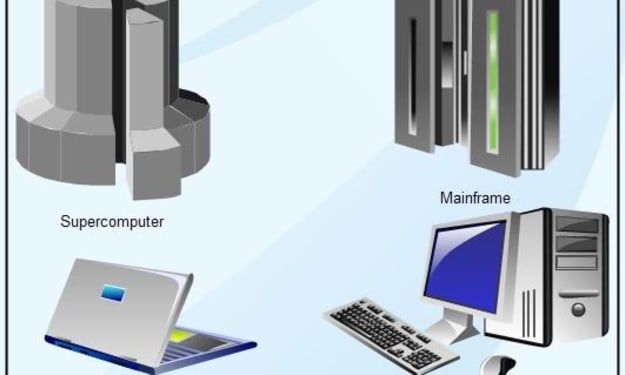The Science of Getting Over an Ex
Exploring the Science Behind Healing Emotional Pain

In a realm where emotions intertwine, the journey of an individual, a talented artist from Minneapolis, Minnesota, sheds light on a unique approach to overcoming the pain of heartbreak. Let's delve into the captivating story of how an individual embarked on a quest to understand the source of love in the brain and turned to the frontiers of neuroscience for healing.
1. The Quest for Healing:
Emotional turmoil post-breakup led this individual to explore the depths of their own mind, seeking answers to lingering feelings. An encounter with Dr. Helen Fisher and the revelation of using functional MRI (fMRI) to study the brain's response to love sparked new hope. The idea of physically observing love in the brain ignited curiosity and determination.
2. A Journey into Neurofeedback:
Driven by a desire to break free from romantic fixation, this individual ventured into EEG neurofeedback therapy under professional guidance. This innovative therapy aimed to empower them by providing real-time feedback on brain activity, allowing potential retraining of the brain to overcome emotional struggles.
3. The Transformation:
After a series of EEG neurofeedback sessions, this individual underwent another fMRI scan, revealing a significant change in brain activity. The once-active Ventral Tegmental Area (VTA), associated with romantic love, had quieted down, marking a profound shift in emotional state. Subjective experiences mirrored this change, leading to a newfound sense of liberation from past fixations.
4. Reflections and Possibilities:
Acknowledging the uniqueness of their experience, the impact of neurofeedback on emotional well-being raises intriguing questions about the intersection of neuroscience and emotional healing. Could this innovative therapy offer a path to liberation for those grappling with persistent romantic feelings? Or does it serve as a catalyst for a deeper understanding of the mind-heart connection?
5. Embracing New Beginnings:
As this individual's journey unfolds, they find themselves at a crossroads, poised to explore new creative avenues beyond heartbreak. Resilience and openness to growth serve as a testament to the transformative power of self-discovery and healing.
6. Delving Deeper into the Neuroscientific Landscape:
The intricate dance between emotions and the brain has long fascinated researchers and individuals alike. The exploration of neurofeedback as a tool for emotional healing opens up a realm of possibilities in understanding and reshaping our emotional landscapes.
Neurofeedback, a form of biofeedback that focuses on brain activity, holds promise in providing individuals with insights into their own neural patterns. By offering real-time feedback on brain function, neurofeedback empowers individuals to actively participate in reshaping their neural pathways and emotional responses.
7. Unraveling the Mysteries of the Brain:
The brain, with its complex network of neurons and neurotransmitters, plays a pivotal role in shaping our emotional experiences. The VTA, a key player in the brain's reward system, is closely linked to feelings of motivation, focus, and craving. Understanding how this region responds to stimuli, such as romantic love, offers a glimpse into the intricate workings of our emotional responses.
8. The Power of Self-Discovery:
Through the lens of neurofeedback, individuals like the artist from Minneapolis have the opportunity to delve deep into their own neural landscapes and uncover patterns that may be contributing to emotional distress. By gaining insights into their brain activity and learning to modulate it through feedback mechanisms, individuals can potentially rewire their brains to foster emotional well-being and resilience.
9. Navigating the Path to Healing:
The journey towards healing emotional pain is a deeply personal and transformative experience. By embracing innovative approaches like neurofeedback, individuals can embark on a path of self-discovery and empowerment. The ability to observe and influence one's own brain activity opens up a world of possibilities for emotional healing and growth.
10. Embracing a Future of Possibilities:
As the individual in this story navigates the complexities of emotional healing, they stand at the threshold of new beginnings and creative exploration. The transformative power of self-discovery and neuroscientific interventions offers a beacon of hope for those seeking to overcome emotional challenges and rewrite their narratives.
In a world where science and emotions converge, the story of this individual serves as a testament to the resilience of the human spirit and the transformative potential of neuroscientific interventions. As we continue to unravel the mysteries of the brain and its impact on our emotional well-being, may we find solace in the journey of self-discovery and the possibilities it holds for healing and growth.





Comments
There are no comments for this story
Be the first to respond and start the conversation.